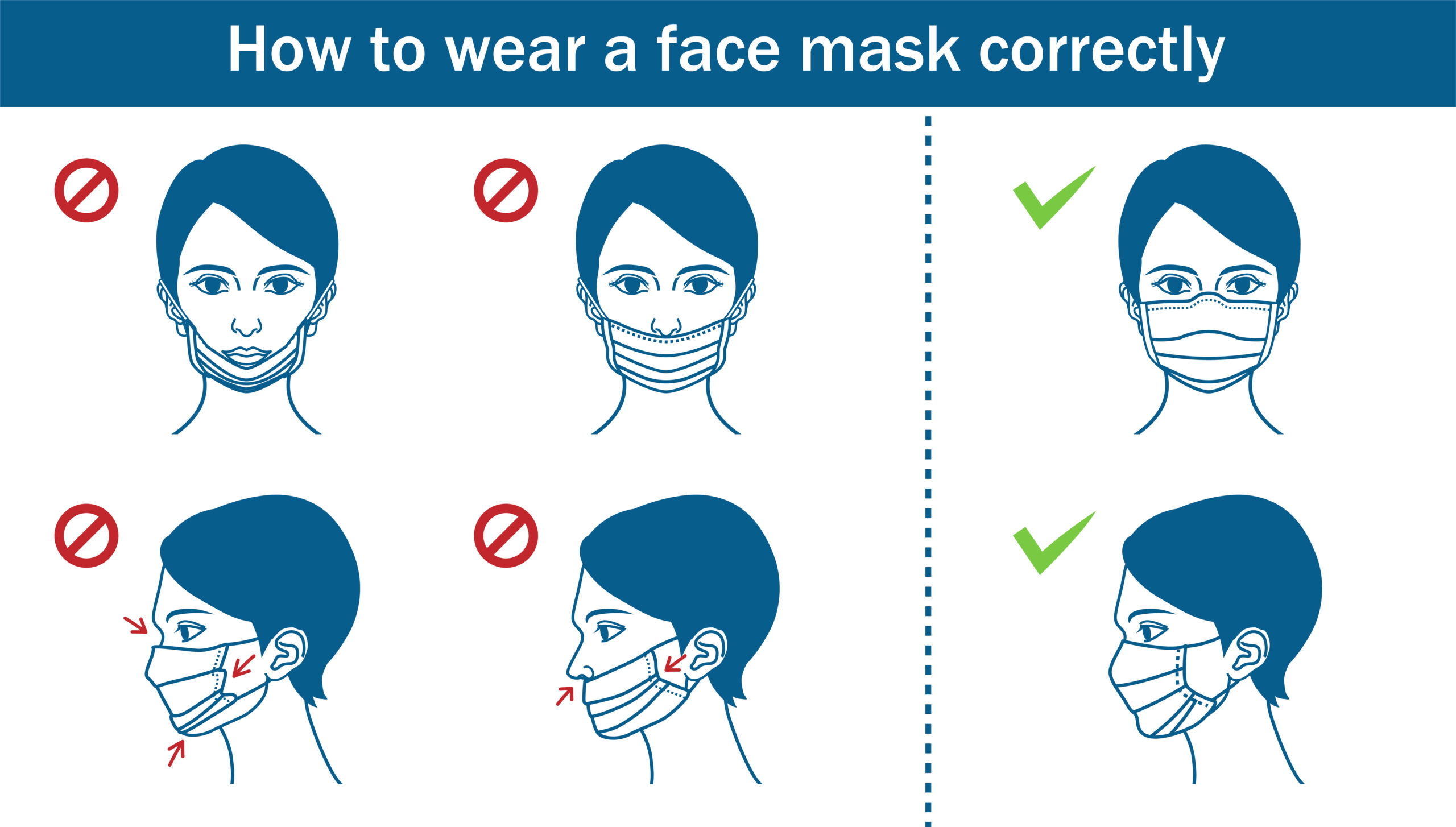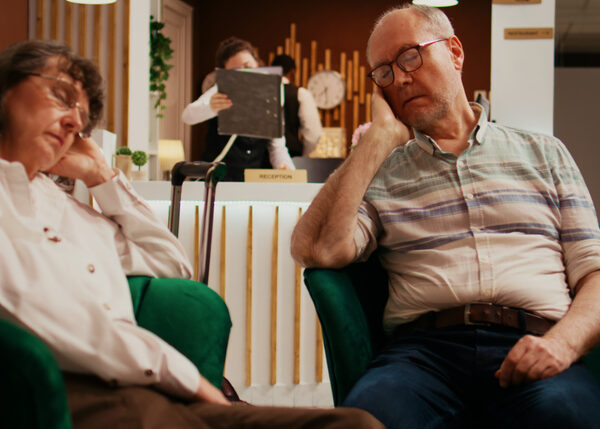Despite spiking numbers of COVID-19 cases across the United States, Canada, and Europe, many people still feel that wearing a mask impedes their ability to breathe properly. While mask anxiety is very real, new research finds that wearing a face-covering will not obstruct breathing leading to oxygen depletion.
A recent study out of McMaster University evaluated blood oxygen levels of 25 adults over the age of 65 without cardiac or respiratory conditions who were instructed how to properly to wear a 3-layer, plane-shaped disposable non-medical grade face mask with ear loops, covering both nose and mouth. A baseline oxygen saturation level was recorded from data collected by a portable pulse oximeter, a device that measures oxygen in blood. At 20 minute intervals, oxygen saturation was measured before wearing the mask, while wearing the mask, and after taking it off.
Although older adults usually have a lower baseline oxygen saturation level, none of the study participants experienced a significant drop in oxygen saturation while wearing a face mask or following wearing a mask. On average, oxygen saturation levels were 96.1 percent before, 96.5 during and 96.3 percent after wearing the mask; none of the participants’ levels fell below 92 percent while wearing a mask. Oxygen saturation levels below 90 percent are considered to be low, according to the Lung Health Institute, usually requiring supplemental oxygen. The normal range of oxygen saturation for adults is 94 to 99 percent.
Wearing a face mask may not actually impede breathing, but it can cause anxiety and claustrophobia. To combat any panicked feelings while wearing a mask, try to stay calm with long slow breaths and positive thoughts. A simple mantra, such as “I am safe”, can help quell anxiety. It may also help to experiment with different style masks to see what is most comfortable.
The Public Health Agency of Canada is now recommending wearing a three-layer non-medical mask with a filter layer to prevent the spread of COVID-19, especially during winter months when more time is spent indoors. Masks should be made of a tightly woven fabric such as cotton or linen, and the middle layer should be a filter-type fabric such as non-woven polypropylene fabric. Adding a filter to your existing mask may also help improve protection. Face masks should cover the nose, mouth and chin without leaving gaps. Masks with a moldable nose wire ensures a personalized fit, helping it stay put during daily activity.
Learn more about how to stay safe from COVID-19 this Fall and Winter by following this link to the World Health Organization website.






Add Your Voice
0 Comments
Join the Discussion